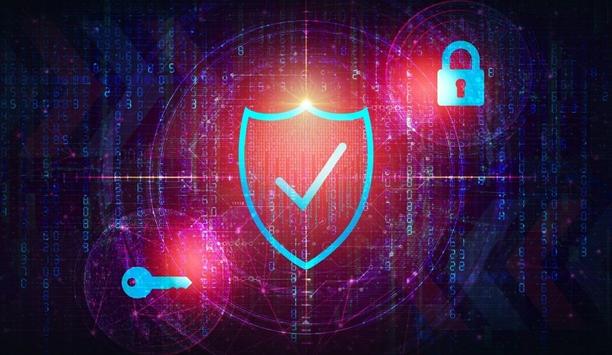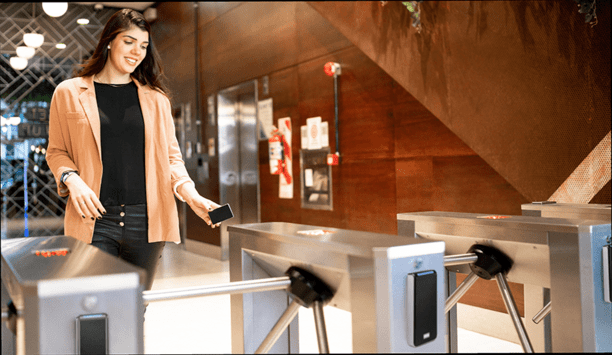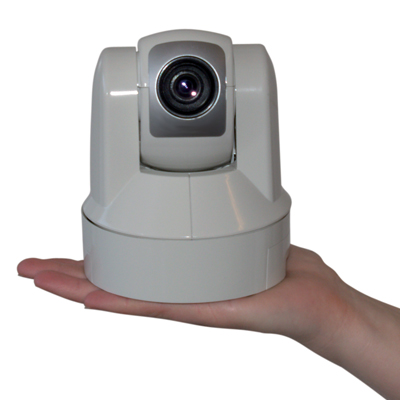Toshiba TEC Europe - Experts & Thought Leaders
Latest Toshiba TEC Europe news & announcements
Toshiba Europe Limited announces that its commercially available quantum key distribution (QKD) systems now natively incorporate the latest post quantum cryptography (PQC) standard, bringing an additional layer of security to its quantum-safe networking platform. The connected society relies on the encryption of the private data to maintain its secrecy. The security relies on ‘one-way’ mathematical functions, which are easy to calculate in one direction, but are almost impossible in reverse, even using the most powerful supercomputers. Quantum-safe networks EU published a recommendation calling for co-operation in developing quantum-safe networks However, as a quantum computer will be able to solve efficiently all the one-way problems commonly used in cryptography today, there is a pressing need to develop new cryptographic methods that are secure from quantum attacks. Recognising this need, in 2024, the EU published a recommendation calling for co-operation in developing quantum-safe networks. Secure encryption keys across optical networks QKD and PQC are the two main methods that have been developed to protect against future quantum-based attacks. QKD is a hardware-based method that uses particles of light to distribute secure encryption keys across optical networks. The protocols used for QKD can be proven to be secure from all computational attacks, including both those using a quantum computer, and those which have yet to be discovered. Developed and commercialised over two decades, QKD has already been deployed in networks globally. Toshiba quantum-safe platform PQC more closely resembles the cryptography used now in that it is also based on algorithms In contrast, PQC more closely resembles the cryptography used now in that it is also based on algorithms, but uses new one-way functions, for which no attack with a quantum computer is known now. Following stringent testing, the US-based National Institute for Standards and Technology (NIST) released standards defining the first set of PQC algorithms in 2024, which have now been incorporated into the Toshiba quantum-safe platform. Combining QKD and PQC for defence in depth QKD and PQC each have respective benefits and trade-offs in terms of hardware-based absolute security and software-based scalability. A combination of PQC and QKD can utilise the benefits of both methods, providing crypto-agility and ensuring ‘defence in depth’ for users. Toshiba’s new capability means that its commercial QKD systems can now natively use the current NIST PQC Key Encapsulation Mechanism (ML-KEM) standard. QKD keys can be combined with PQC keys and conventional Diffie Hellman keys, if required. New Toshiba QKD systems PQC algorithms released by NIST in the future can be easily added to the Toshiba quantum-safe platform This capability is provided as an option on new Toshiba QKD systems and available as a software upgrade to already deployed systems. In addition to this, new PQC algorithms released by NIST in the future can be easily added to the Toshiba quantum-safe platform. This makes it easier for organisations to simultaneously deploy both QKD and PQC to better protect their networks from quantum-based attacks. Enhancement to QKD systems “Organisations need to take action now to protect their communications against quantum computing-based attacks, and this enhancement to our QKD systems makes doing so much easier,” said Andrew Shields, Head of the Toshiba Quantum Technology Division. “Natively supporting the deployment of PQC algorithms within our QKD systems is a huge step forwards in giving our customers the flexibility and agility to adopt the right quantum-safe strategy for their organisation, while also allowing for further futureproofing as quantum threats evolve.”
Toshiba Electronics Europe GmbH (Toshiba) announces the Mx11 family of helium-sealed Enterprise Capacity HDDs. The Mx11 family includes the MG11 Series, which provides capacities of up to 24TB using conventional magnetic recording (CMR), and the MA11 Series, which offers up to 28TB capacities with shingled magnetic recording (SMR). Mx11 family The new Mx11 family is designed to deliver new levels of density and power efficiency to customers tasked with controlling (or managing) operational costs while meeting the relentless demands of data growth. Built on a common architecture, both products feature a 10-disk, helium-sealed, standard 3.5-inch 7,200rpm design that leverages Toshiba’s innovative flux control microwave-assisted magnetic recording (FC-MAMR™) technology. Engineered for higher performance and 24/7 reliability, the Mx11 family is designed with a 1GiB buffer, a workload rating of 550TB per year, an MTTF/MTBF of 2.5 million hours, and an AFR of 0.35%. MG11 CMR HDD Series MG11 Series is available with sanitised instant erase (SIE) and self-encrypting drive (SED) options The MG11 CMR HDD Series enables cloud, data centre, and enterprise storage customers to scale storage density within existing infrastructure rapidly. Built with a 1GiB buffer, the new 24TB HDD is faster than its predecessor, with an approximately 9% faster maximum sustained transfer speed of 295MiB/s. With a choice of 6Gbps SATA or 12Gbps SAS interfaces, the MG11 Series fits seamlessly into any data centre to support data storage, online backup and archive, and video surveillance applications. In addition, for enhanced security, the MG11 Series is available with sanitised instant erase (SIE) and self-encrypting drive (SED) options. MA11 Series The MA11 Series achieves 2.8TB per disk using SMR technology. The host-managed SMR increases drive capacity by overlapping the physical tracks on the disk during write operations. Data centres with software that can optimise such a design will benefit from improved cost efficiencies through higher storage densities. The new MA11 Series is available in 28TB and 27TB capacities with a 6Gbps SATA interface and with SED options for enhanced security. TCO efficiency “Backed by 50 years of continuous HDD innovation, the Mx11 Series delivers new levels of capacity and total cost of ownership (TCO) efficiency, enabling customers to optimise operational costs while expanding their data centre infrastructure,” said Larry Martinez-Palomo, Vice President, Head of Storage Products Division, Toshiba. Sample shipments of the MG11 Series will start this month, and the MA11 Series in the fourth calendar quarter of 2024.
Toshiba Electronics Europe GmbH (Toshiba) announces its next-generation S300 Pro Surveillance Hard Disk Drives (HDDs), targeting the latest requirements in the surveillance storage market. With capacities up to 10TB and double the buffer size, the upgraded HDDs with conventional magnetic recording (CMR) technology enable surveillance system integrators, system installation providers, and end users to record, store and analyse their video streams from up to 64 high-definition (HD) cameras. S300 Pro Surveillance HDDs The highly scalable, 3.5-inch S300 Pro Surveillance HDDs, with capacity options of 4TB, 6TB, 8TB, and 10TB, support up to 24 bays, making them an excellent fit for large-scale video recording systems, delivering reliable operation even in the most demanding environments. Additionally, compared to the previous generation, the new S300 Pro provides a higher maximum sustained transfer speed of 268MiB/s and doubles the cache buffer size to 512MiB. The S300 Pro HDDs also reduce power consumption, delivering improved total cost of ownership (TCO). Key upgrades The next-generation S300 Pro’s extended warranty period, from 3 to 5 years, demonstrates Toshiba’s durability With 24/7 operation, an enhanced annual workload of 300TB, and a mean time to failure (MTTF) of up to 1.2 million hours, the S300 Pro can handle the increasing video analysis demands of mission-critical surveillance footage. The next-generation S300 Pro’s extended warranty period, from 3 to 5 years, demonstrates Toshiba’s high durability and engineering quality of its HDDs. Performance, durability, and 24/7 reliability "Specially optimised for large-scale video surveillance operations, where advanced video analytics, face recognition, and editing are mission-critical features, Toshiba’s next-generation S300 Pro delivers enhanced performance, durability, and 24/7 reliability," says Larry Martinez-Palomo, Vice President, Head of Storage Products Division, Toshiba. He adds, "The next-generation S300 Pro Surveillance HDDs demonstrate Toshiba’s commitment to continuously collaborate with industry-renowned video surveillance system manufacturers and empower our partners and customers to benefit from our range of high-quality Surveillance HDD portfolio." The next-generation S300 Pro Surveillance HDDs will be available in CQ4 2024.
A modern guide to data loss prevention
Download7 proven solutions for law enforcement key control and asset management
DownloadThe truth behind 9 mobile access myths
DownloadAccess control system planning phase 2
DownloadSecurity practices for hotels
Download













